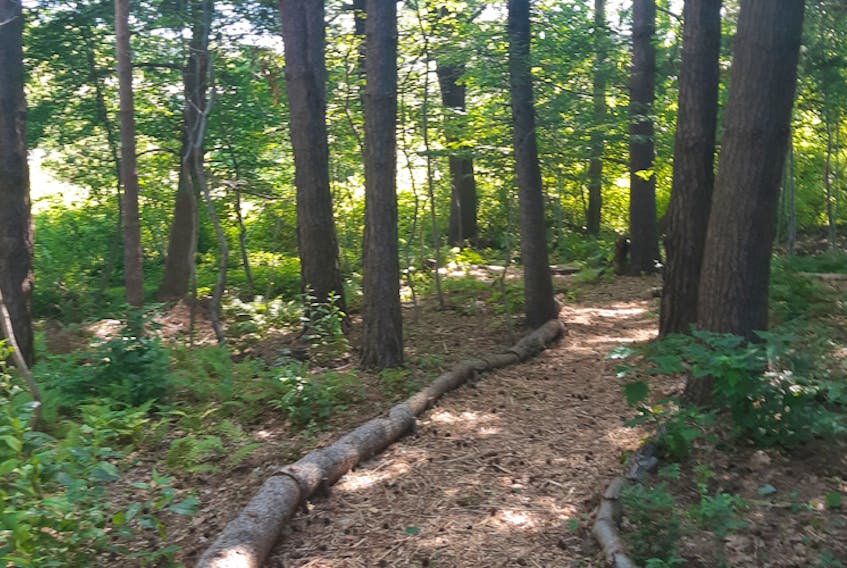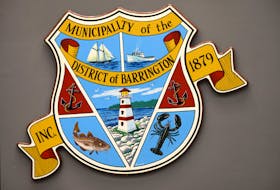The forest has long been a place of mystery, wonder, beauty and sometimes fear. It features prominently in many of our myths and legends and has always been a place where we may not feel quite at home among the tall trees.
Despite all of this, there is no denying the therapeutic value of spending time in a forest. For example, wandering through a dense hemlock stand with a mossy floor can be a powerful calming experience. Something about the soft, green moss underfoot and the wide, spreading branches above has a comforting effect; it puts us at ease.
For people who are not experienced in the woods or did not grow up in a rural setting, it can be difficult to take advantage of these benefits. As said before, the woods can be a somewhat unnerving place for one who is not accustomed to it. This is where a clearly marked and accessible forest trail comes in.
A forest trail is not a very difficult thing to create. It depends on how much work you want to invest. You can build an extensive trail with lined edges, steps and benches or simply clear an existing game trail. Either one will allow you to access the forest around you and tap into the therapeutic benefits and enjoy the plants and animals that exist there.
I have always appreciated making forest trails in my work. I have made trails that are long and short, from very simple and quite extensive. The tools I use for trail making are simple, tried, tested and true. A chainsaw is first and foremost the handiest tool for trail making. Fallen trees and snags should be cut up and moved as well as standing trees which may be in the way. I also carry a good axe (I carry a Gransfors Bruks Small Forest Axe), a stout machete, a log hook, flagging tape, a tape measure, log wedges and my safety gear. For later parts of the process, a wheelbarrow, shovel, mulch fork and pick may be necessary.
I begin by looking for existing game trails and work off of those; the animals have already found the best route through the trees. I follow these and use flagging tape to mark where my trail will go. After the route has been decided, it is time to start clearing out any deadfalls or snagged branches that might be in the way. Branches should be pruned above head height to avoid any potential injuries and trees that pose a risk to the trail should be felled and junked up. All of the wood waste can be used in brush walls to line out the trail. This wood will clearly denote the edges of the trail and break down over the years, contributing to the creation of healthy soil which is the foundation of a healthy forest ecosystem.
After the trail has been cleared, it is time to make steps and ramps out of logs and rocks to negotiate any rough terrain along the trail. I also like to make benches out of logs and place them at certain junctures of the trail where there’s room for a nice sitting area. Making wooden stakes to hold in retaining logs on steep sections of trail is also very important at this stage. The chainsaw and axe are invaluable tools for this sort of finishing work.
Finally, lining the trail with wood chips or bark mulch, though not always necessary, definitely improves the quality and longevity of the trail. Not only does it add to the visual beauty of the trail, but it also ensures that the trail will be clear and will not become overgrown for a longer period of time. Renting a wood chipper for some of your deadwood is a great option that uses the resources you have onsite. Regardless, adding chips or mulch adds to the fertility of the system as it slowly breaks down, feeding the soil underneath.
With a little work and creativity, anyone can access the woods around them and enjoy all of the beauty these wonderful ecosystems have to offer.
Schwartz is a forest technician with Earthshine Gardens, the South Shore’s holistic ecological land care team. For more information on how to create a trail, visit www.earthshinegardens.com or send your questions to [email protected].









